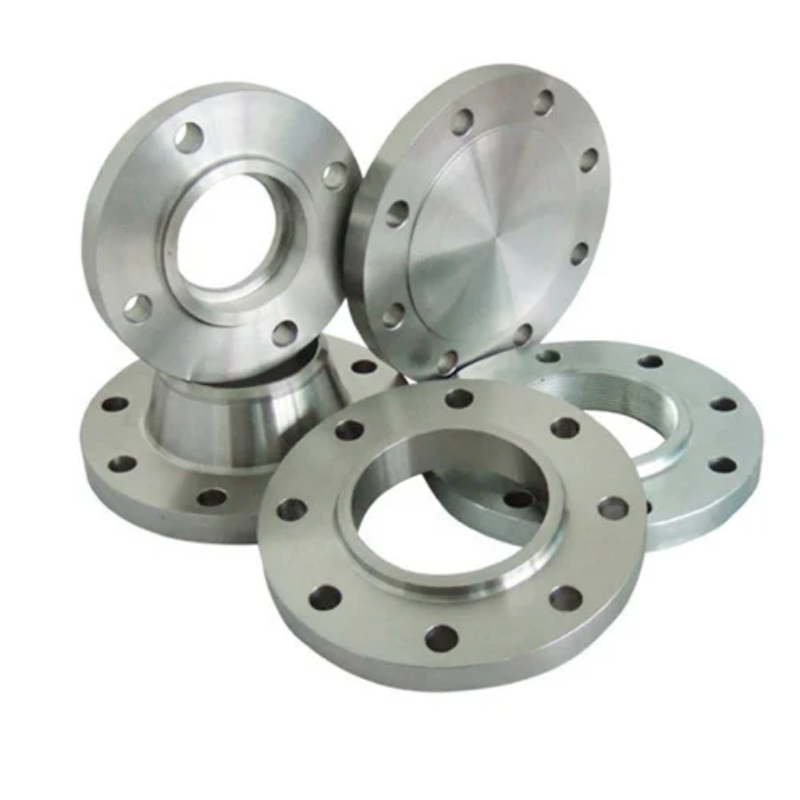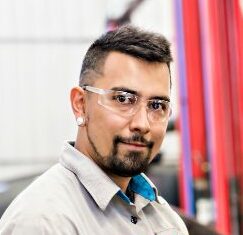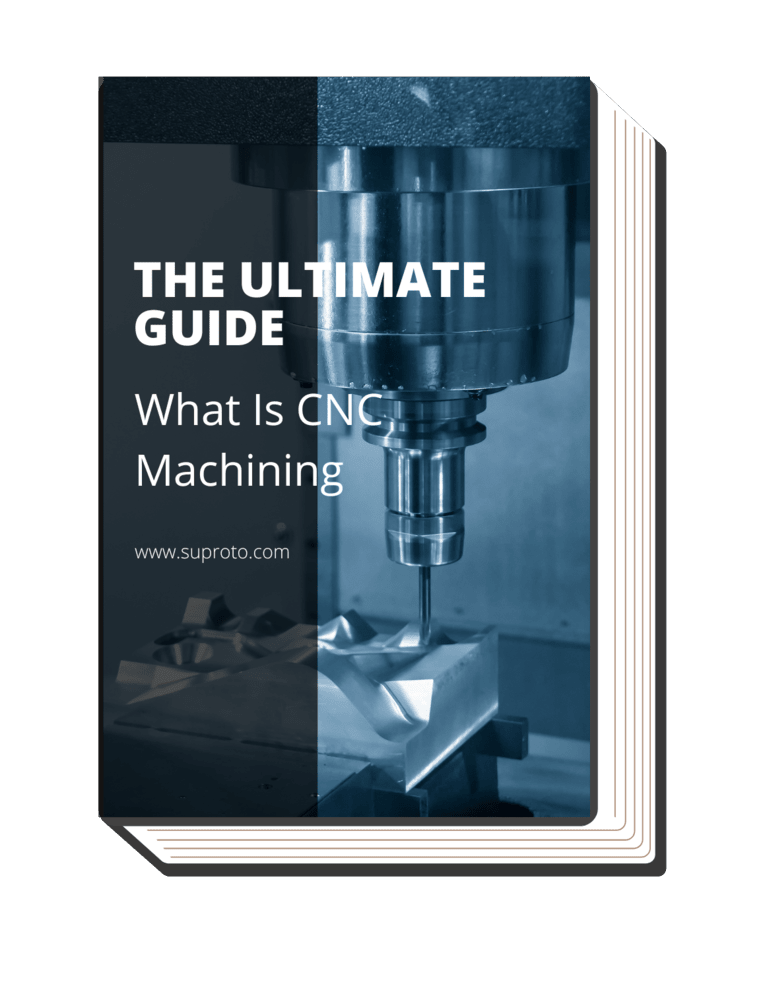CNC Plasma
Cutting Conductive Materials
CNC plasma cutting is specifically suited for cutting conductive materials, including metals like steel, aluminum, brass, and copper. Its efficiency and precision make it an ideal choice for industrial applications.
Thick Material Cutting
When it comes to cutting thicker materials, CNC plasma machines excel. According to TWI-Global, plasma cutting is a melting process in which a jet of ionised gas at temperatures above 20,000°C which makes it ideal for cutting through tough materials. The high-intensity plasma arc effortlessly cuts through thick sheets of metal, making it perfect for heavy-duty fabrication jobs.
Cost-Efficiency
While achieving high-quality cuts, CNC plasma machines tend to be less costly to maintain than laser cutting equipment, offering an economic advantage for businesses on tight budgets.
Laser
Precision Cutting
Laser cutting, thanks to its focused beam of light, allows for extreme precision. It’s excellent for tasks requiring intricate detailing or tight tolerances. According to ASME, laser-enabled welding provides precision from start to finish, serves as an effective process for not only an impressive array of industry projects, but especially for materials used in provenaerospace applications.
Non-conductive Material Cutting
Unlike plasma cutting, laser cutting isn’t limited to conductive materials. It can effectively cut through a range of materials, including ceramics, wood, and plastics. The CNC Plasma machine from Suproto has become a popular choice for businesses due to its cost-efficiency and adaptability for cutting various conductive materials
Superior Surface Finish
Laser cutting generally results in a superior surface finish compared to plasma cutting. It leaves smooth edges and minimal burring, reducing the need for post-cut finishing. From my experience, this result is like a craftsman’s finishing touch, turning a raw piece into a polished masterpiece.









